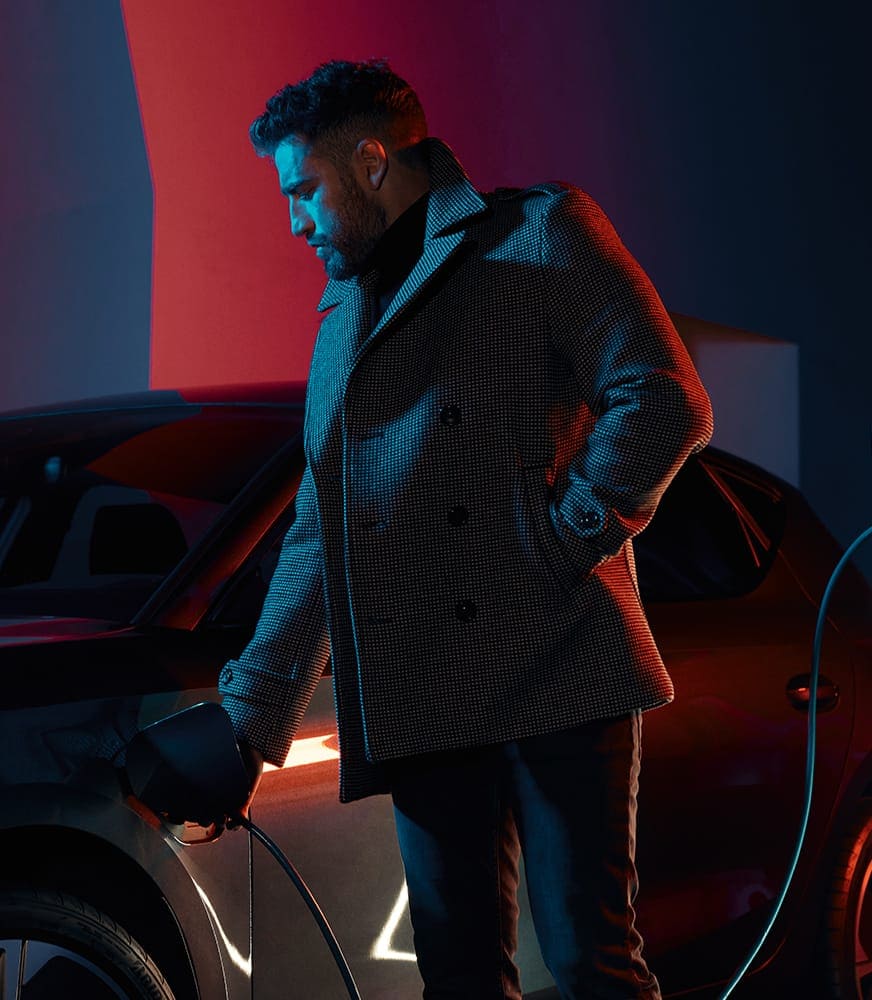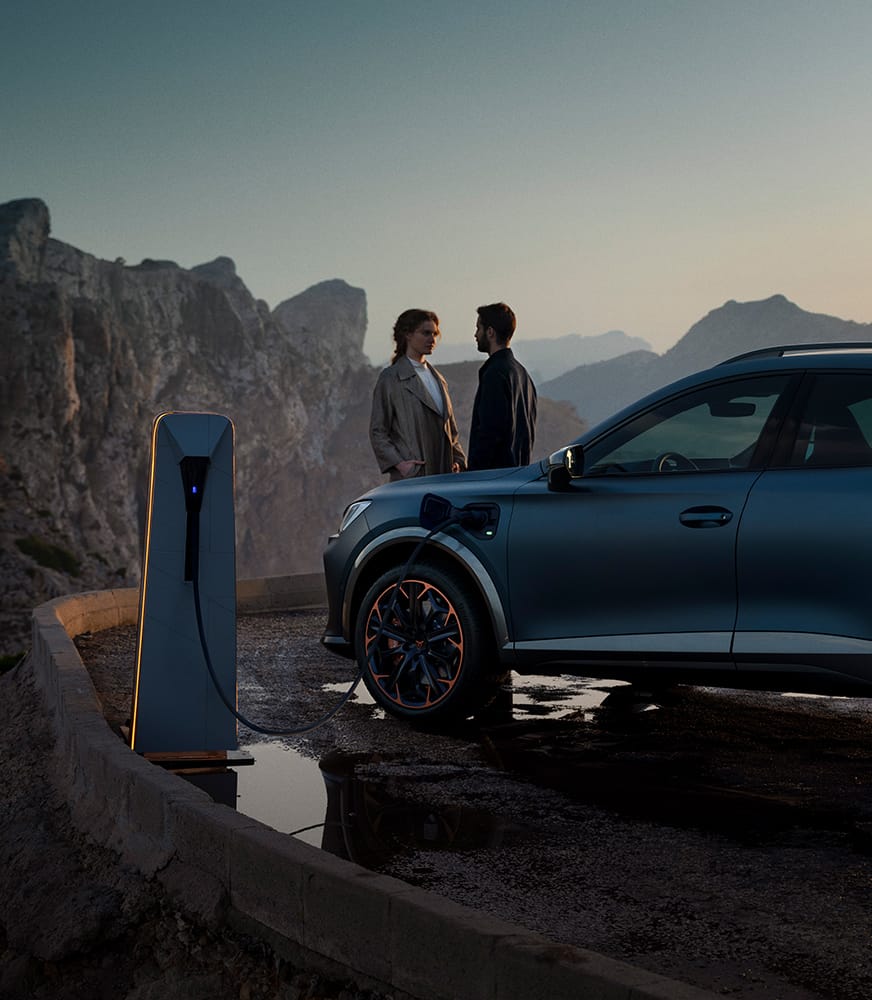
ELECTRIC POWER. THE CUPRA WAY
Pure innovation with CUPRA performance and electric benefits: from maximum engine torque to lower emissions.
OUR ELECTRIC ENGINES
e-HYBRID uses both petrol & electric, while a 100% electric is completely battery powered.
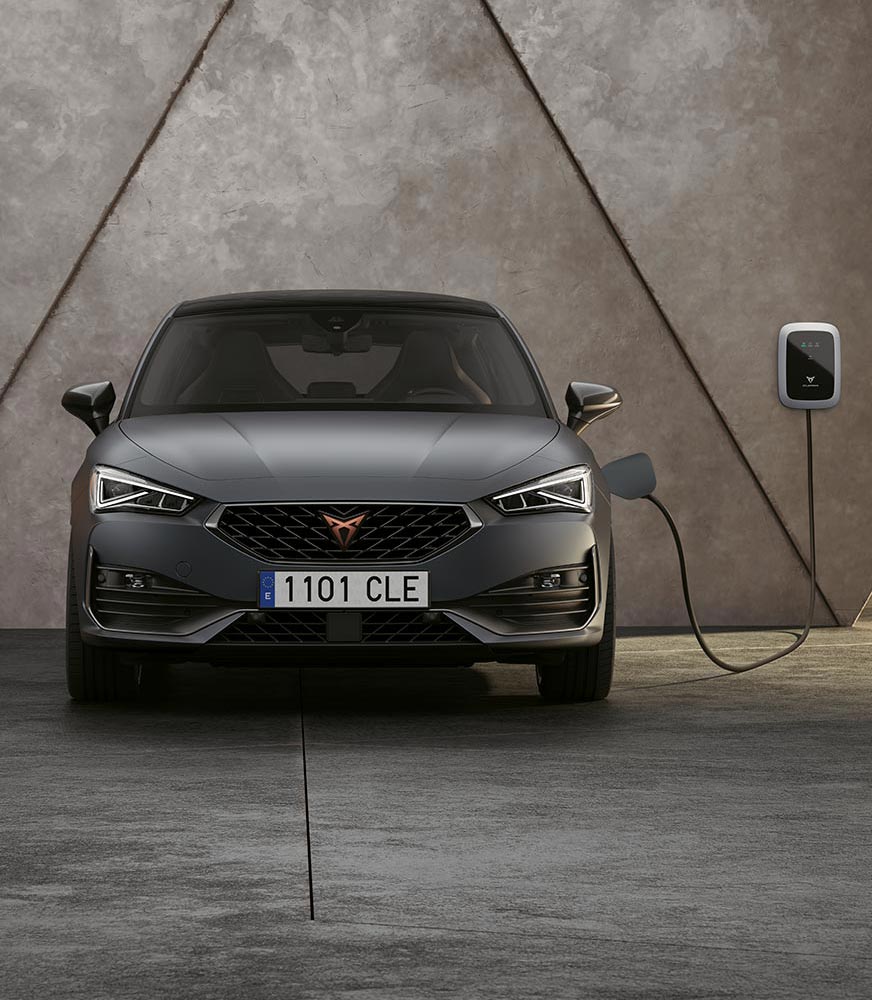
e-HYBRID
The CUPRA Leon 5D & Leon SP (245hp) have a fully electric range of 52km.
Go emission-free with the electric engine. Or switch over to petrol for 245 total hp* and bigger range.
Electric engine (BEV)
Drive emission-free all the time with CUPRA’s upcoming 100% electric car: the CUPRA El Born.
Plugin and power up. The CUPRA El Born has a 500km** purely electric range thanks to its 77 kWh battery.
PURE PERFORMANCE
With 245hp* of hybrid power and a 52km 100% electric range**: for emission-free driving in urban zones.
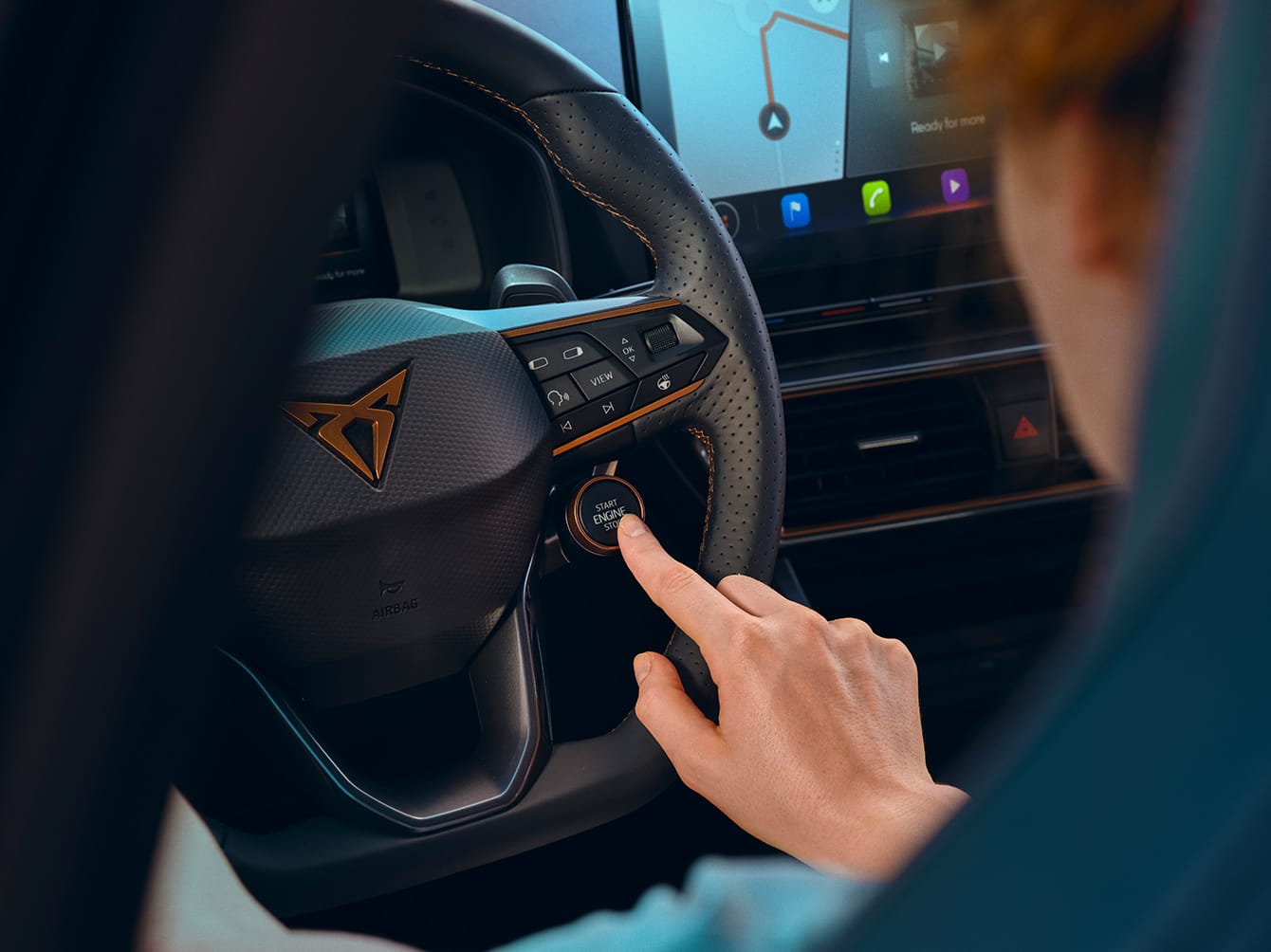
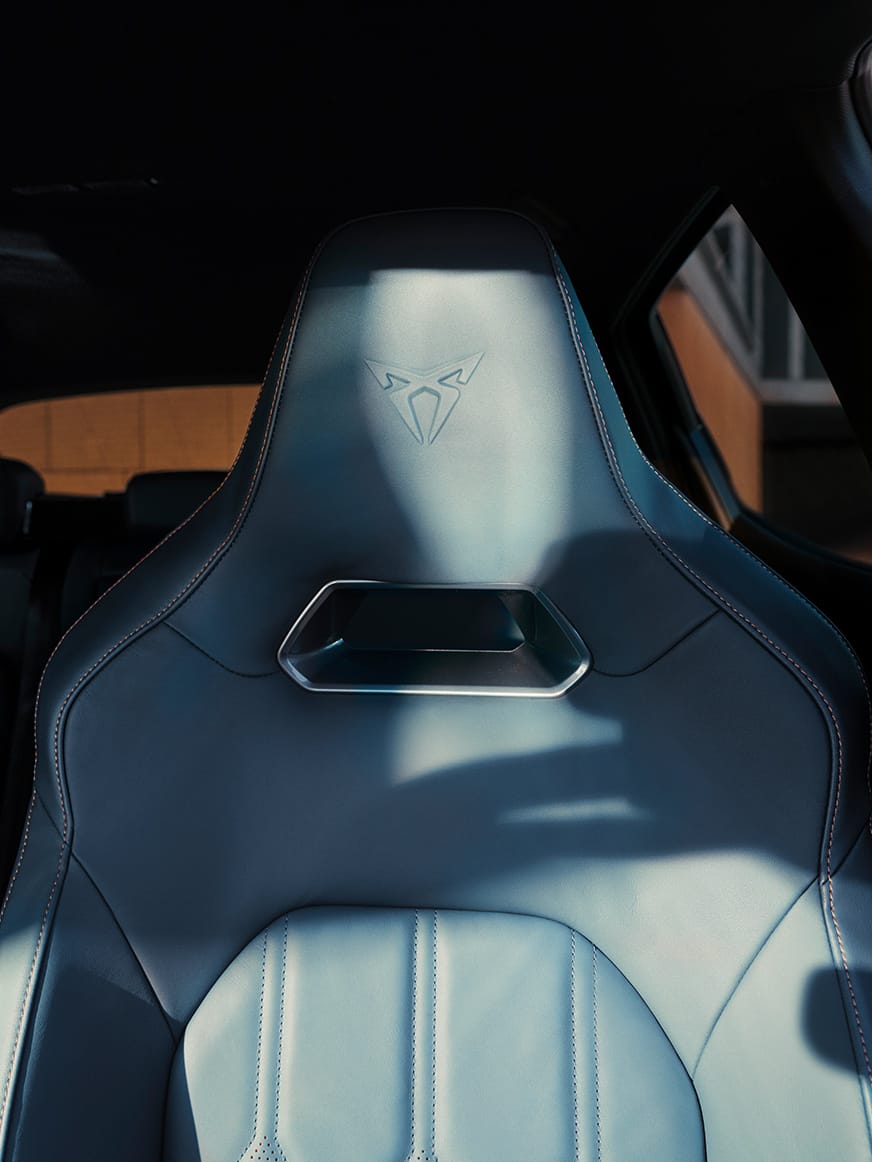
MODERN TECHNOLOGY
Fuelled by innovation to bring pure performance into the modern era.
BENEFITS
Better performance & environment. Electric mobility offers smarter, sustainable travel with benefits.

Discounts / Free parking
Gain access to discounted and free parking with lower costs on toll roads.
No more restricted zones
Right to the core. Drive wherever you like in the city.
Subsidies & tax exception schemes
Benefit from a subsidy*** when you buy your car along with additional tax exemption programs.
Free public chargers
Take advantage of free public chargers to power up your CUPRA electric car for free.
CHARGING
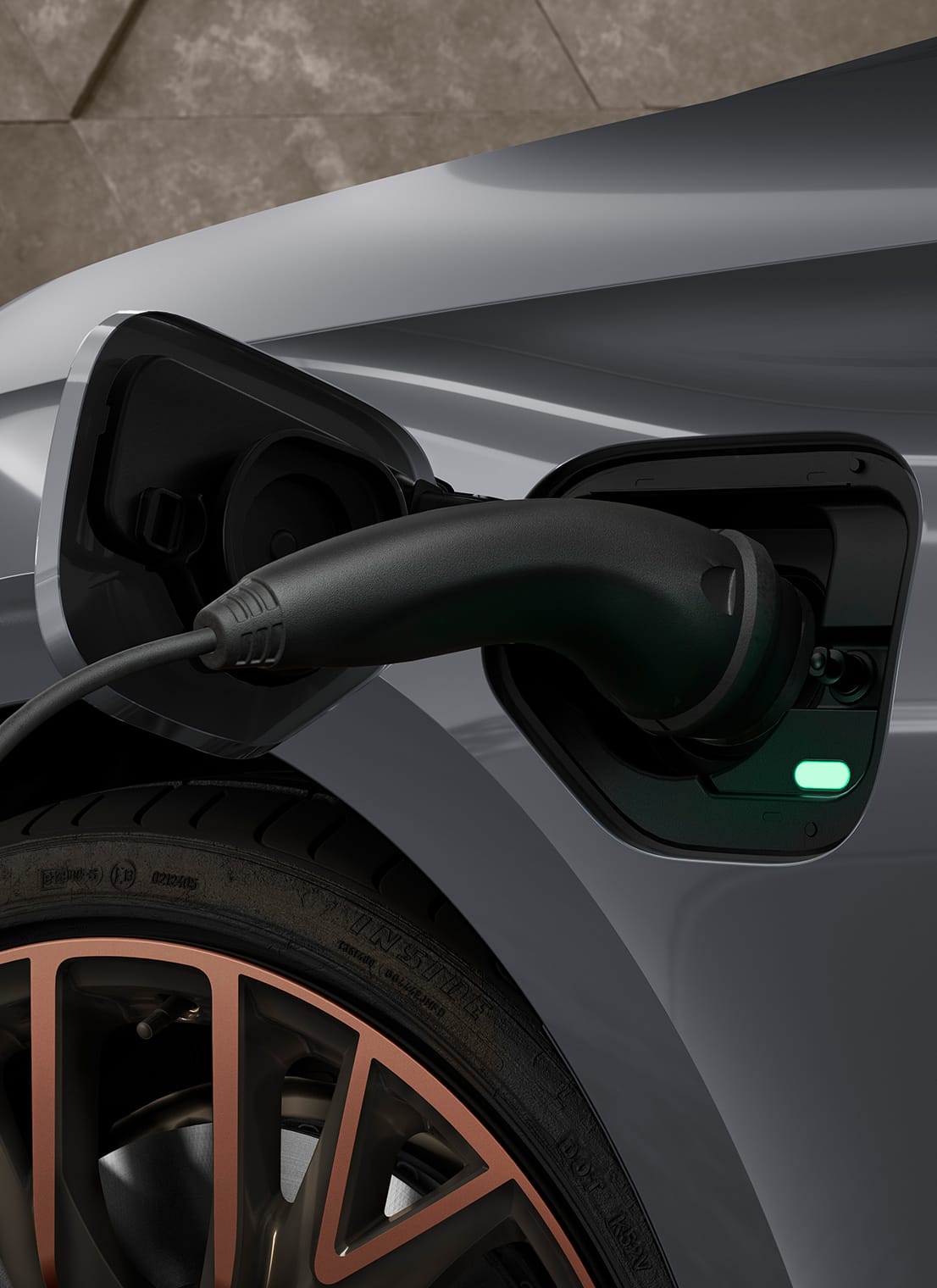
CHARGING
Get where you’re going and know that you’ll always find a place to charge.
With wide range of fast and efficient charging solutions. When charging at home it takes just 3 hours and 40 minutes**** to power up the CUPRA Leon PHEV using a CUPRA Charger. Or 6 hours**** with a conventional plug. Away from home, you can top up easily at any number of the charging stations within the public network.
With wide range of fast and efficient charging solutions. When charging at home it takes just 3 hours and 40 minutes**** to power up the CUPRA Leon PHEV using a CUPRA Charger. Or 6 hours**** with a conventional plug. Away from home, you can top up easily at any number of the charging stations within the public network.
CUPRA CONNECT
Manage charging & temperature remotely and map out stations on the CUPRA CONNECT App.
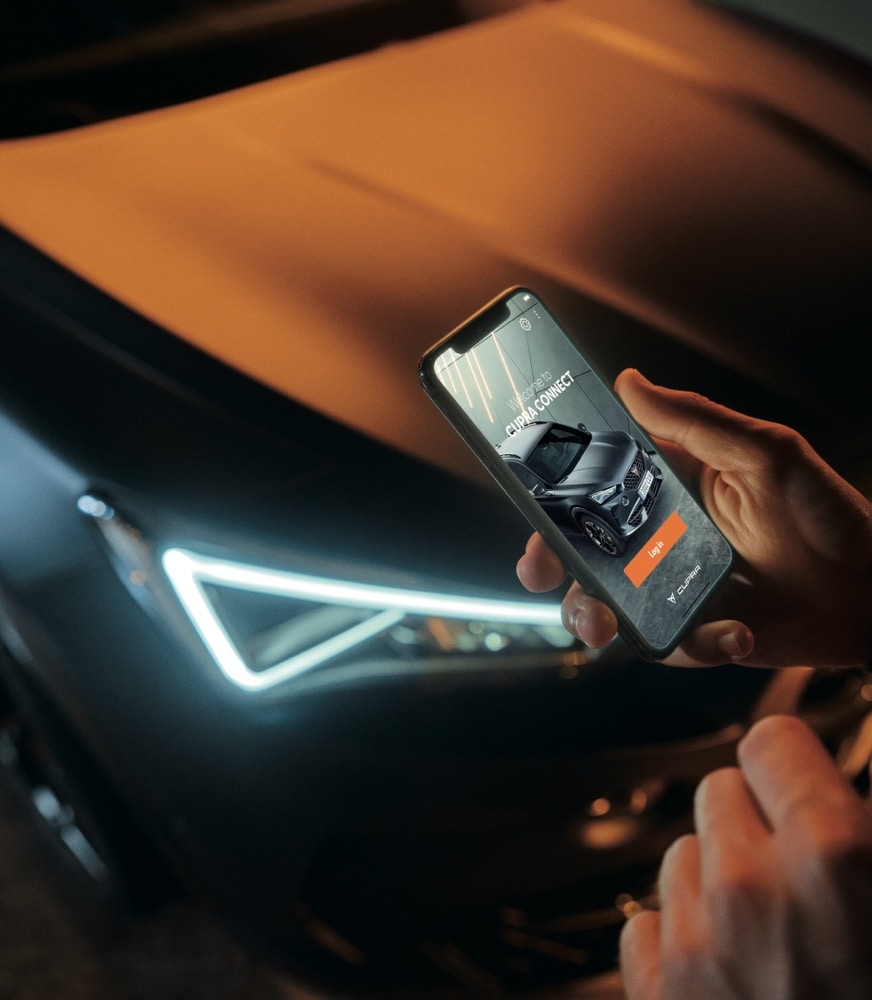
e-Manager
Control charging process remotely: check the battery’s range and status via the app before starting your journey.
Specify your desired temperature with Remote climatization to automatically activate the A/C or heater as needed.
Departure times
Set a unique or recurring departure time. The car will automatically charge and climatize before you set off.
Find charging stations: power types and opening hours in the area via the infotainment system.
CUPRA ELECTRIC FAQs.
The e-HYBRID (PHEV) sits somewhere between combustion-engine and full-electric vehicle (EV). An e-HYBRID is capable of all-electric compulsion thanks to its battery. When fully powered up, you can drive between 25 to 70 kilometres solely on stored battery power. On short trips, the e-HYBRID operates like a fully electric vehicle (BEV) and doesn’t need to use gasoline. However, unlike a BEV, it can revert to regular hybrid operation once its electric range is depleted. Charging your e-HYBRID reduces fuel use, but it’s never mandatory.
Due to its size, a full battery charge cannot be achieved solely via the on-board generator and so requires plugging into an electrical outlet or charging station. The innovative interplay between both the electric and combustion motor allows for fuel-saving and lowers exhaust emissions while providing the user with an exceptional driving sensation.
On shorter journeys, a plug-in hybrid generally runs on pure electric power provided it makes sense, such as in urban areas. For maximum efficiency in different driving situations, such as longer journeys or when rapidly accelerating, it uses the combined power of the electric motor and combustion engine. If the battery which powers the electric motor has no charge, the vehicle will solely use the combustion engine.
Semi-hybrids, which are not charged using a power cable, use the electric motor to assist the combustion engine.
In hybrids, the electric motor and battery are larger than in semi-hybrids. Hybrids can power the vehicle using the electric motor for short distances and recharge its battery using the motor or through regenerative braking.
A plug-in hybrid can be recharged by literally plugging it into a charging point at home, or in a public one. It offers greater pure electric autonomy thanks to the larger battery and electric motor. The plug-in hybrid allows many people to make their normal commute to and from work using the emission-free, electric powered engine.
Driver’s of a plug-in hybrid benefit from an almost silent driving experience in all-electric mode, as well as additional acceleration power (torque) thanks to the electric motor.
Many plug-in hybrid vehicle owners already manage most of their journeys in electric mode as daily trips are usually well under 50 kilometres in range. Depending on your electricity tariff, considerable savings are made when compared to a vehicle with a classic combustion engine. But with a plug-in hybrid, you never have to give up complete autonomy: if the battery charge or capacity is not sufficient, the combustion engine will be automatically activated as required.
This category of vehicles also has economic advantages: through direct aid and subsidies for electric vehicles. And indirectly, with tax advantages thanks to their lower CO2 emissions.
Most users charge their vehicles at home throughout the night, with a Wallbox unit that can be installed in the carport or garage. Others are able to charge their vehicle at work or at public charging stations which are fortunately becoming easier to find.
A plug-in hybrid can be charged from an outlet, a Wallbox system or a public charging point. The maximum efficiency of a plug-in hybrid is achieved with a fully charged battery, so the possibility of charging at home or at the workplace should be taken into consideration. It is recommended that you charge your plug-in hybrid vehicle as many times as you can, so as to take full advantage of the additional electric motor.
The electric range of a plug-in hybrid vehicle depends on the size of its battery. In the case of CUPRA, the maximum electric range is between 50 and 60kms, depending on the model. The overall range when combined with the combustion engine is of course significantly higher.
Obviously, the range will depend on the model, driving style, the topography and road conditions. The main advantage of a plug-in hybrid is that you always have the gasoline engine as a reserve when between charges, so autonomy should not be a problem.
Charging times may vary, depending on factors such as the outside temperature, the current temperature of the battery, the charging equipment, the condition of the battery and the condition of the vehicle. Specific charging times are detailed in the technical specifications for each available plug-in hybrid model.
Using a standard charging cable, plug-in hybrid vehicles can be charged from a conventional 3-pin socket. For a faster charge, you can also use a charging station or a Wallbox. The CUPRA CHARGER is equipped with its own charging cable. For public charging stations, you need what is known as a “public AC charging cable” with a “Type 2” plug on both ends. In addition, a plug-in hybrid can also obtain part of its charge via regenerative power.
8 years or 160,000 km, whichever comes first.
An external factor essential to the performance and capacity of a battery is temperature. For this reason, especially in winter, it is necessary to "precondition" the vehicle during the charging process, that is, to warm up the battery and the interior. Or cool them in summer. This way you will not only save energy to use during driving, but you will also gain extra efficiency right from the start, with a battery at optimal temperature. Furthermore, optimized operating strategies in your vehicle minimize the effects of temperature as much as possible. In addition to the temperature, the range also depends on user-related factors: use of air conditioning, load weight and driving style etc.
The 5-door CUPRA Leon (180kW), The CUPRA Leon Sportstourer (180kW) and The CUPRA Formentor (150kW & 180kW) are all available with plug-in hybrid technology.
*In reference to the CUPRA Leon PHEV
** Pending certification
***Subsidies may vary as per geographical region.
****Charging times vary in relation to the following factors: external and battery temperature, maximum voltage of your charger system and its current condition, as well as battery condition and the use of other electrical equipment in the car during charge.

